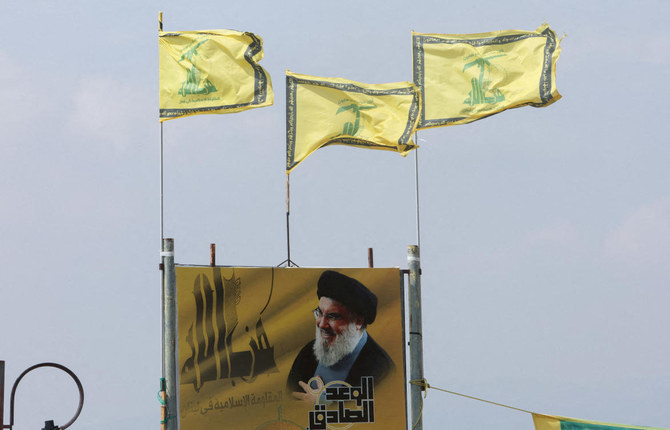RIO DE JANEIRO: Brazil sent a pointed message Thursday to stay out of its business after Israel said it had helped Brazilian police foil a “terrorist attack” allegedly planned by militant group Hezbollah in the South American country.
Tension between Brazilian and Israeli authorities erupted after Brazilian police said Wednesday they had arrested two suspects in Sao Paulo for plotting attacks in the country — without giving further details on the targets or motives.
Israel’s Mossad spy agency and Prime Minister Benjamin Netanyahu’s office were quick to expand on the story, saying the alleged plot was planned by Iran-backed Hezbollah, targeted “Israeli and Jewish targets in Brazil,” and was foiled with Israel’s help.
“No foreign government representative should get ahead of an ongoing federal police investigation,” Brazilian Justice Minister Flavio Dino wrote on X, formerly Twitter.
“We reject the notion that any foreign authority could direct Brazilian police agencies, or use our investigations for propaganda furthering their own political interests,” added Dino, a key figure in President Luiz Inacio Lula da Silva’s administration.
The Israeli statement placed the operation in the context of the current Israel-Hamas conflict, saying that “given the backdrop of the war... Hezbollah and the Iranian regime are continuing to operate around the world in order to attack Israeli, Jewish and Western targets.”
But Dino said the Brazilian investigation “began BEFORE the current tragedies” in the Middle East.
Brazilian police said they “reject the statements by foreign authorities” on the operation.
“Such statements violate good practice on international cooperation and could damage other such operations in the future,” they said in a statement.
Israel’s ambassador to Brazil also drew criticism for his comments after the arrests.
“If Hezbollah chose Brazil, it’s because there are people helping them,” he told newspaper O Globo.
Federal Police Chief Andrei Passos Rodrigues told news site G1 the remarks were an “unpleasant surprise” and made him “deeply uncomfortable.”
Brazilian media reports Thursday said one person questioned by police in the investigation had admitted being recruited by a group linked to Hezbollah.

























